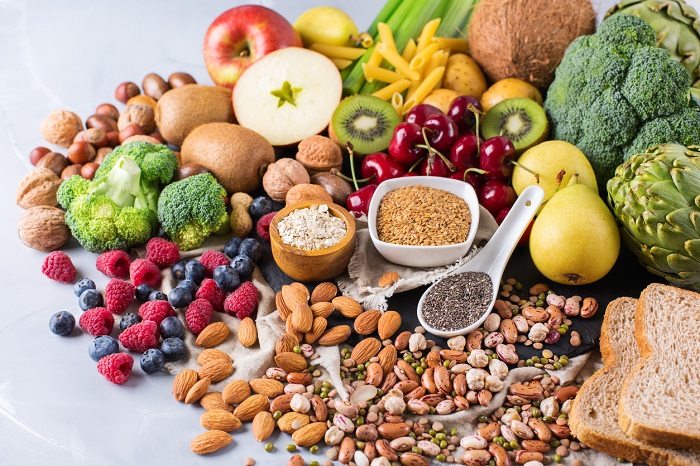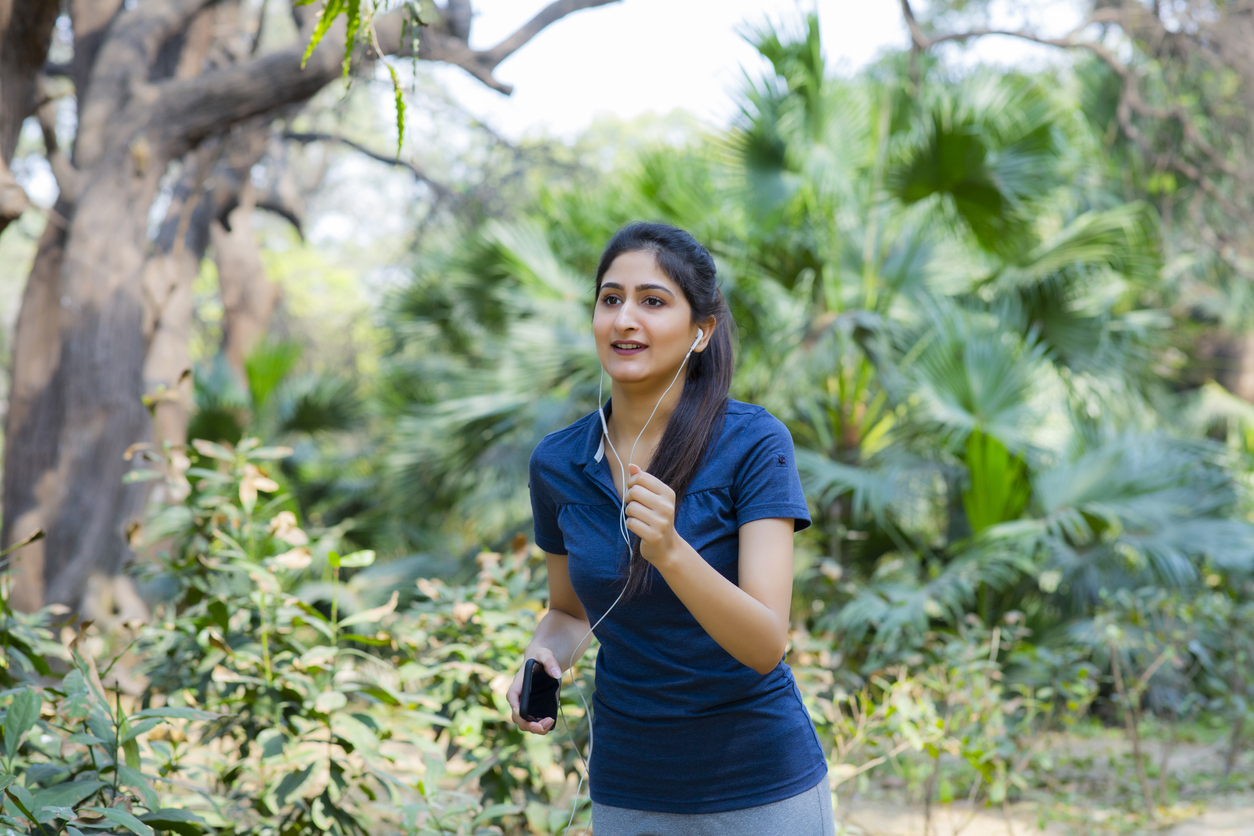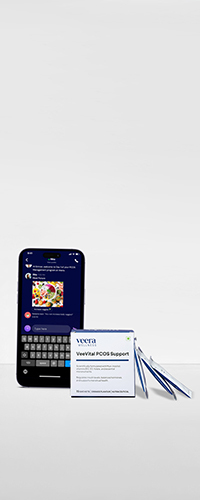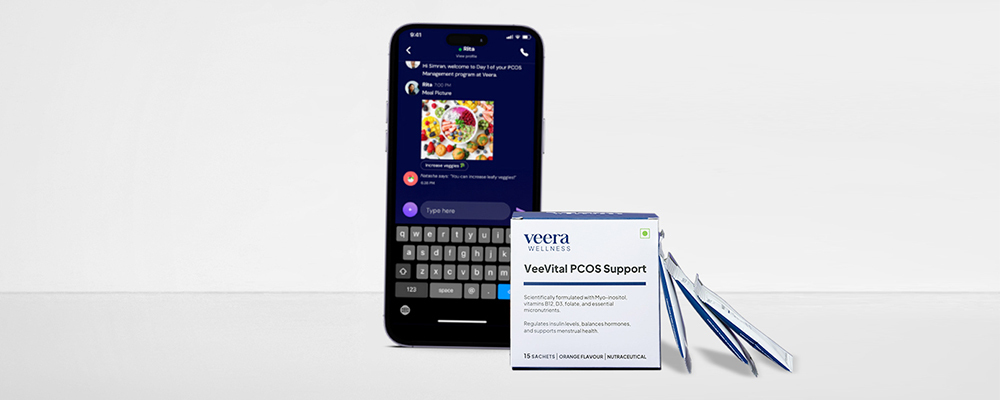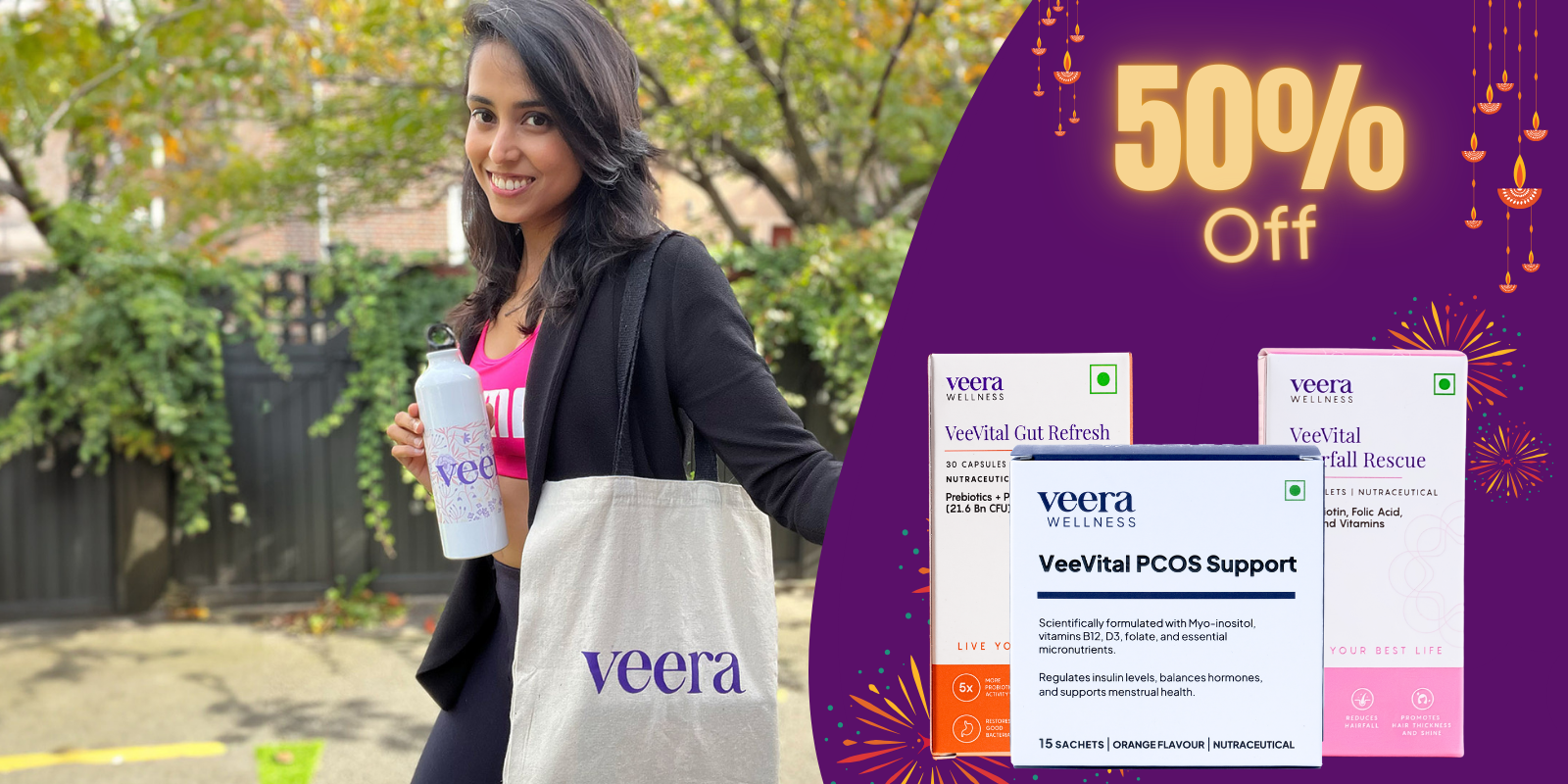Some sources suggest that running is beneficial for PCOS, while others claim it might worsen symptoms. So, is it safe to engage in running with PCOS?
Absolutely, you can still integrate running into your lifestyle, especially if it’s an activity you enjoy!
As mentioned earlier, individuals with PCOS often experience heightened insulin resistance. This means their bodies struggle to efficiently convert blood sugar into energy, causing the pancreas to work extra hard to produce enough insulin. Over time, this strain on the pancreas can lead to elevated blood sugar levels and potentially result in other health complications.
Exercise can play a crucial role in mitigating these risks. Both aerobic training and HIIT workouts have demonstrated effectiveness in improving insulin resistance and enhancing body composition in individuals with PCOS. Additionally, running serves as a valuable tool for weight management and can contribute to an improved quality of life (2, 4).
However, due to the heightened sensitivity of your hormones compared to the average person, it’s advisable to carefully consider the amount of running you incorporate into your routine if you have PCOS.
Understanding Polycystic Ovary Syndrome
Polycystic ovary syndrome (PCOS) is a medical condition characterized by irregular menstrual periods, symptoms of elevated androgens (such as acne, hirsutism, and scalp hair loss), and the presence of “polycystic” ovaries as observed through pelvic ultrasound. This condition is found in approximately 5 to 10 percent of females. Many individuals with PCOS are overweight or obese, increasing their risk for conditions like type 2 diabetes, sleep apnea, fatty liver, and depression. For those seeking pregnancy with PCOS, fertility medications may be necessary to stimulate ovulation.
While PCOS is not entirely reversible, various treatments exist to alleviate or minimize troublesome symptoms. The majority of females with PCOS can lead a normal life without significant complications.
A Brief Overview of Running & Cardio Exercise
Running has seen increasing popularity over the decades due to its simplicity and efficiency. Requiring minimal equipment—just a pair of running shoes—it offers flexibility and can boost cardiovascular fitness. The COVID-19 pandemic further fueled interest, with about 13% of surveyed runners starting within a year of its onset. More than one-fifth of all runners reported increased running frequency during the pandemic, highlighting its appeal for individualized and accessible exercise.
What Are the Benefits?
Running, like various forms of exercise, offers a multitude of physical and mental health benefits. Here are some specific benefits associated with running:
- Elevated Mood and Energy Levels: A 2018 study revealed that just 15 minutes of running can enhance mood and energy more effectively than meditation, deep breathing, progressive muscle relaxation, or guided imagery.
- Enhanced Memory, Focus, and Task-Switching: Running induces the release of endocannabinoids in the bloodstream and brain, optimizing brain function.
- Enhanced Respiratory Function: Running, associated with improved cardiovascular and respiratory function, facilitates increased oxygen and better blood flow to both systems, according to Dr. Bryant Walrod, a sports medicine physician at The Ohio State University Wexner Medical Center in Columbus.
- Enhanced Cardiovascular Health: A 2020 research review revealed that higher participation rates in running, regardless of frequency, are associated with a reduced risk of cardiovascular-related mortality.
- Increased Lower Body Muscle Strength: While running may not be classified as a strength workout, Morris notes that muscles in the lower body, such as hamstrings, glutes, and quads, undoubtedly strengthen as they engage to maintain stability during running.
- Enhanced Bone Density: A 2021 study examined sprinters aged 40 to 85, evaluating bone density through scans at the study’s commencement and about a decade later. Regular runners sustained bone strength, with some experiencing increased density over time, whereas individuals who reduced training witnessed a decline in bone health.
- Reduced Risk of Chronic Disease: Dr. Walrod attributes this to running’s association with regulated blood pressure, blood sugar, and body weight. Achieving the recommended 150 minutes of weekly physical activity through running further lowers the risk of certain cancers, heart disease, and type 2 diabetes.
- Extended Lifespan: As per a 2017 research review, studies indicate that runners enjoy a 25 to 40 per cent diminished risk of premature mortality, living around three years longer than their non-running counterparts.
What Are the Downsides?
While running offers numerous physical and mental benefits, it comes with potential drawbacks. It places strain on weight-bearing joints, especially for those with prior joint damage or excess weight. Runners are susceptible to injuries like shin splints and knee pain, often attributed to overuse, including training errors and improper form. To mitigate risks, start with a gradual walking routine, progressively increasing speed and distance before transitioning to running. Learning and maintaining proper form, along with incorporating strength training, can further reduce the likelihood of injuries.
Different Types of Running
Sprinting
The key to effective sprint running is engaging in an activity at a specific percentage of maximum effort to elevate your heart rate. Ideally, sprint running sessions should be conducted three times per week, ensuring a rest day or light exercise in between. Here’s a guide on how to perform a sprint running session:
- Warm-up: Before sprint running, thoroughly warm up with easy exercises for five to 10 minutes, using the same exercise that will be employed during the sprints.
- Initial sprint: Execute the first sprint at approximately 60% of maximum intensity. If you experience any muscle tightness or joint pain, ease off and continue warming up.
- Recovery: Allow a four-minute recovery period by slowing down to a comfortable pace while maintaining movement.
- Second sprint: Conduct the next sprint at around 80% of maximum intensity.
- Recovery: Recover for four minutes.
- Third sprint: Perform the remaining sprints at 100% maximum intensity or go all-out for 30 seconds each. Strive to exert maximum effort for each sprint.
- Recovery: Allow a four-minute recovery after each sprint, enabling your breathing and heart rate to decrease to a level where you can hold a conversation without gasping.
- Repeat: Repeat the sprint and recovery sequence four to eight times based on your fitness level and capabilities. For beginners, consider concluding the workout after four sprints, gradually working towards completing eight over time.
Jogging
Somewhere between a strenuous, muscle-engaging sprint and a relaxed stroll lies the optimal pace known as jogging.
Jogging is typically defined as running at a speed below 6 miles per hour (mph), offering substantial benefits for those seeking to enhance their health without pushing themselves too hard. Naturally, the ideal time to jog is the one that suits your schedule best. For many individuals, this entails jogging in the morning before their day becomes overwhelmingly busy. Research comparing the outcomes of exercise at different times of the day has yielded varied results.
According to a 2013 review of studies, some men experienced increased endurance for aerobic exercise when performed in the morning. A recent study suggests that engaging in morning exercise could potentially regulate your circadian rhythm, making it easier to fall asleep in the evening and facilitating an earlier wake-up time. A 2005 literature review on circadian rhythm and exercise concluded that the optimal exercise time may vary depending on the type of exercise.
Long distance running
Engaging in long-distance running is an uncomplicated, cost-effective, and readily available activity, offering optimal fitness benefits for both body and mind. Whether you’re a seasoned runner or a beginner, discover the advantages, from enhanced lung capacity to a more serene mood, along with tips for a successful experience.
Discover the numerous physical and mental health benefits of long-distance running, enhancing overall well-being. It increases endurance, builds muscle, strengthens the heart, improves lung health, and boosts mood and memory. Regular running, especially at lower intensities, aids in fat burning and induces a euphoric “runner’s high.
Speed walking
Speed walking, often referred to as fast walking or maintaining a pace of 15 minutes per mile or quicker, is also termed “brisk walking” or “power walking.” Various styles exist within this category, including Olympic-style race walking, achieving speeds as swift as 6 minutes per mile.
To enhance your walking workout, both speed walking and power walking involve elevating your pace. However, before prioritizing speed, understanding correct mechanics is crucial to prevent discomfort or injury.
Best Workouts for PCOS Patients
When it comes to activating those muscles, discovering the ideal intensity is key. Moderate workouts, like incorporating resistance bands, not only strengthen muscles but also create an oxygen debt for a substantial workout. Regular exercise combats insulin resistance, a common concern for PCOS women.
Let’s delve into effective exercises for PCOS:
- Slow Weighted Workouts:
-Combat insulin resistance with slow-weighted workouts. Lifting weights builds muscle, aiding metabolism post-workout. These exercises also reduce cortisol, managing stress for PCOS.
- Yoga:
– Mind-body exercises like yoga positively impact anxiety, hormones, and menstrual cycles in PCOS women. Its stress-relieving benefits make it an ideal workout, promoting muscle strength, stretching, and holistic weight loss.
- Pilates:
– Similar to yoga, Pilates relieves stress and provides light resistance training, burning calories, maintaining weight, and building lean muscles. Regular practice balances energy levels, combating low moods and fatigue in PCOS women.
- Light Cardio:
– Manage PCOS symptoms with moderate exercises like jogging, brisk walking, swimming, or cycling. 30 minutes of daily light cardio aids weight management, alleviates anxiety, boosts energy, and improves ovulation and menstrual cycles.
- Walking:
– For those new to exercise, walking is a simple yet effective option. Just 30 minutes a day reduces the risk of chronic diseases and enhances cardiovascular health. Ensure proper preparation before any workout for a safe and enjoyable experience.
Get a Personalized Fitness Plan
Embark on a transformative fitness journey with Veera Health’s personalized fitness plans. Tailored to meet individual needs, our plans are crafted to ensure that every aspect of your fitness routine aligns with your unique goals, preferences, and health considerations. Veera Health combines expert guidance with a personalized touch, offering a comprehensive approach that extends beyond generic workouts. Experience a fitness plan that not only addresses your specific requirements but also adapts to your progress, making every step of your wellness journey meaningful and effective. Let Veera Health be your partner in achieving a healthier, stronger, and more vibrant version of yourself.
Consult Veera’s Doctors
Seek expert guidance on managing PCOS and enhancing fitness with Veera Health’s dedicated team of doctors. Our professionals specialize in understanding the nuanced relationship between PCOS and fitness, providing personalized consultations to address your unique needs. Whether you’re navigating the challenges of PCOS or striving for optimal fitness, our doctors offer valuable insights and support, ensuring a holistic approach to your well-being. Trust Veera Health to guide you on a path towards improved health, tailored to your circumstances.
Learn More With Veera
Emphasizing a healthy lifestyle is essential for overall well-being and disease prevention. Prioritize fiber intake, maintain hydration, engage in regular exercise, effectively manage stress, uphold good hygiene practices, ensure an adequate amount of sleep, and steer clear of smoking, alcohol consumption, and processed foods. Adhering to these recommendations contributes to the enhancement of physical, mental, and emotional health, with guidance from the expert gynecologists at Veera Health.

